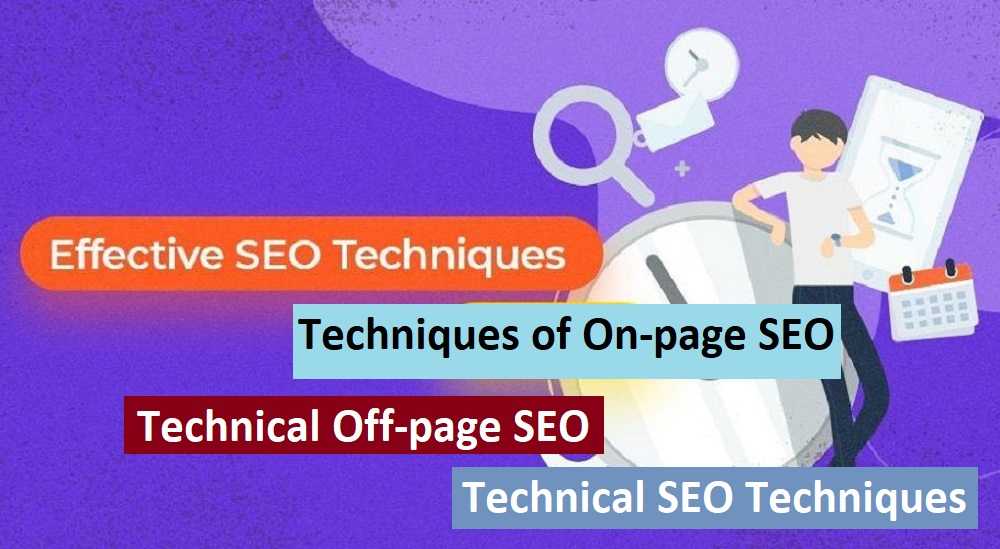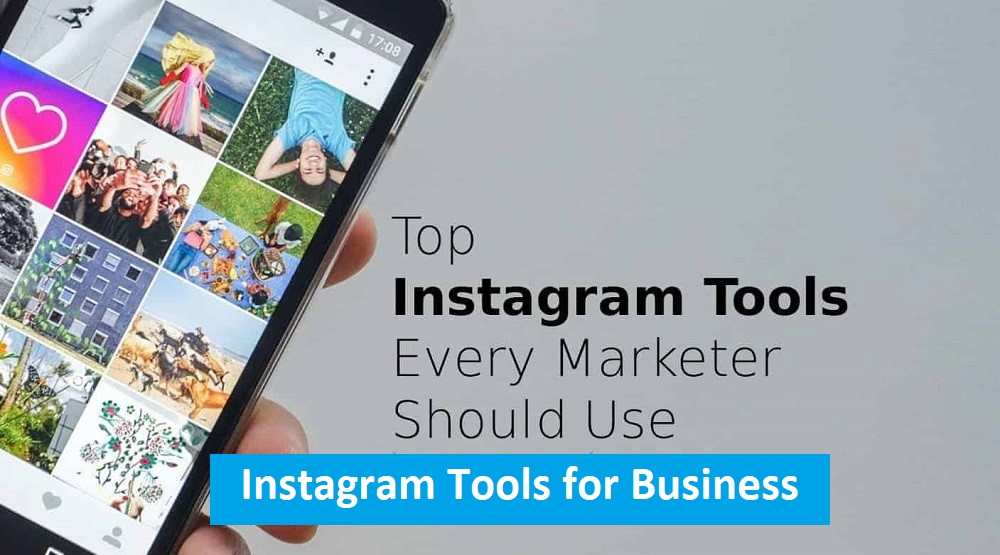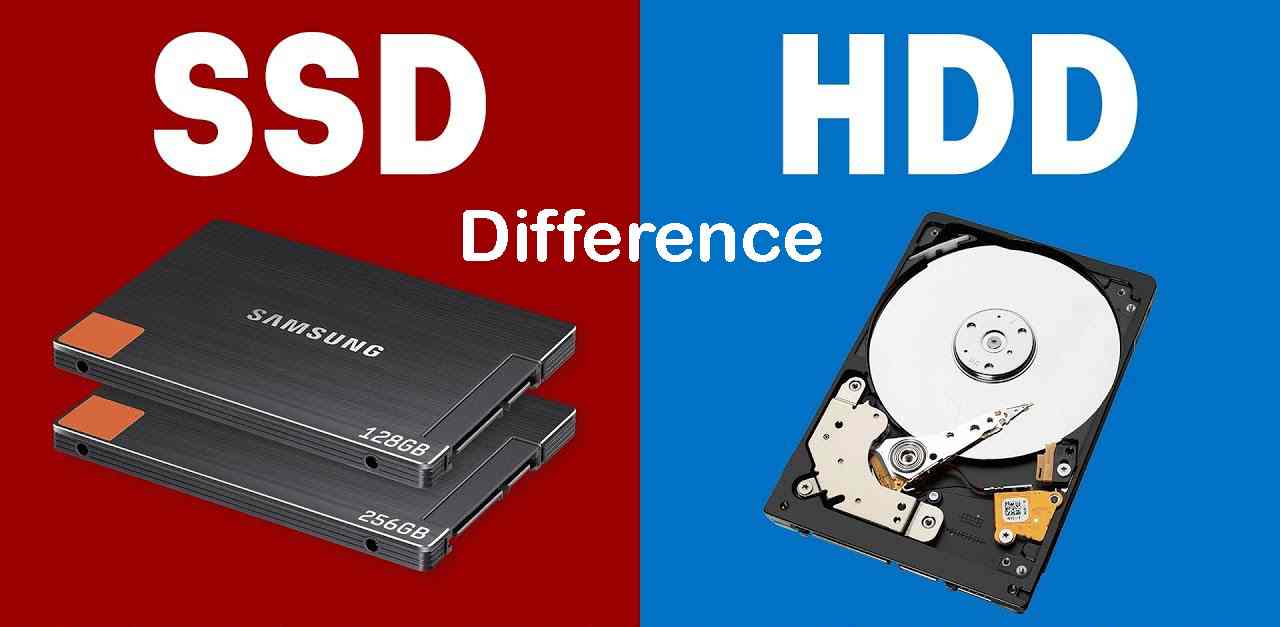Content marketing in the world of digital marketing is like meat if you want to make satay. Without it, how could the satay be good?!
Want to post on Instagram? Need content. Want to create a quality business website? Need content. Even the internet itself is filled with content.
In marketing, the presence of this content will make it easier for brands to build relationships with customers. They can search for product/service information, carry out two-way interactions, obtain information on special offers directly, and much more.
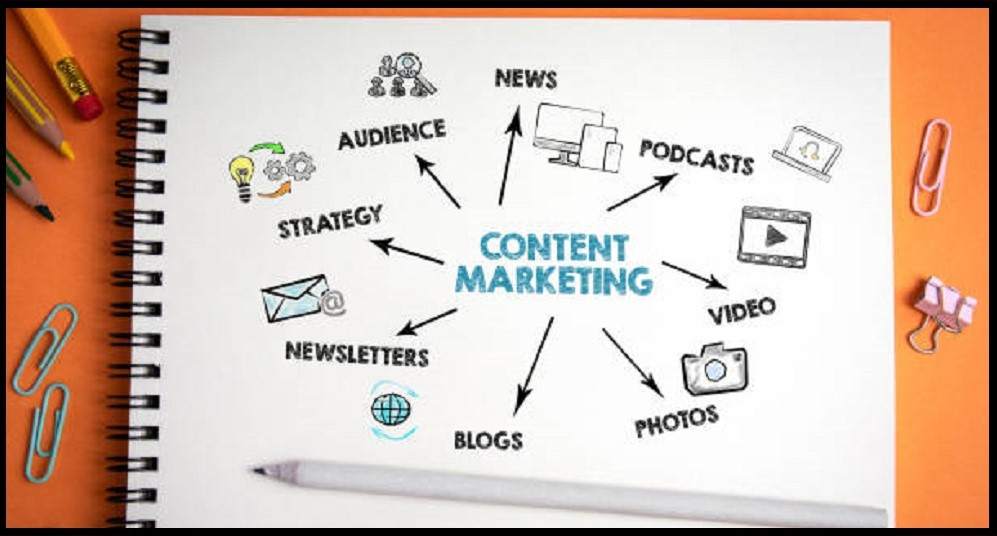
This article is perfect for you if you want to explore content marketing in depth. Are you getting curious? Cuss, just watch it until the end!
What is Content Marketing?
Content marketing is a long-term strategy that aims to build close relationships with the target audience. The way to do this is by consistently providing quality and relevant content.
Well, this strategy generally consists of two pillars, namely: content creation and content distribution. The content itself varies, from text, audio, and images, to video clips. Meanwhile, distribution is usually done through various channels, such as social media, email, and even their own website.
Content marketing that is created and distributed well will be able to generate high engagement. This can automatically increase brand prestige, maintain consumer loyalty, and be able to attract more potential new customers.
Why is Content Marketing Important?
Here are 3+ reasons why content marketing is important for your business!
1. Build brand awareness and save budget
Content marketing is the best and most effective way to build brand awareness among target audiences at a relatively low cost.
It is common knowledge that building brand awareness through conventional advertising and PR is very draining. The level of success is difficult to measure.
With content marketing, large and small businesses alike have the opportunity to find their own niche. Through content, you can easily inform the public about existing products without any limits to creativity. For now, video content still dominates brand awareness campaigns.
2. Digital marketing solutions
Content is the main pillar of digital marketing. Take for example SEO (Search Engine Optimization). To start SEO, the first thing that comes to your mind is keywords. It is part of the article content that will be included on the website.
Search engine algorithms continue to change over time. However, the only thing that remains constant is the reliance on content. In the scope of websites, text-type content is very important to obtain good SERP rankings.
Apart from that, images or videos are also types of content that we commonly encounter. He is more often found on social media channels such as Facebook, Instagram, and LinkedIn to promote products/services to make them appear more attractive.
From the two examples above alone, we can see that content marketing is the lifeblood of digital marketing itself.
3. Strengthen relationships with the audience
If your brand has quality content, an audience base can form by itself. However, quality alone is not enough, you need to maintain it consistently so that the relationship is maintained. The way to do this is by regularly uploading new dishes.
That way, the audience can feel like there is something they are always looking forward to. Well-established relationships often make audiences willing to re-share existing content voluntarily.
4. Increase conversions
It is also called content “marketing”, of course, the main goal is to increase conversions. Be it the number of clicks, registrants, or purchases. In order for the business to continue running, of course, the sales must sell so that the financial wheels continue to turn.
With the right content marketing and call-to-action strategy, relationships built with organic audiences can encourage higher conversions.
5 Benefits of Content Marketing
Apart from being able to provide long-term exposure for your business, it turns out content marketing has a ton of other benefits, you know! Curious? Come on, let’s examine them one by one!
1. Provide more benefits for the audience and improve brand image
Audiences can find your content intentionally or unintentionally. However, one thing is certain, if the information they find turns out to be useful and meets their expectations, the impression will definitely be positive.
Imagine, you deliberately typed in the keyword tutorial for installing RAM because you really needed it. It turns out, there is content from an online shop providing computer equipment that presents information in a coherent and complete manner.
This will definitely give you satisfaction. Apart from that, in the future, it is very possible that you will choose to buy components from that shop because you have felt helped.
2. Attract visitors and increase website traffic
Not a few people will type keywords into a search engine if they want to find out more information about a particular product. Therefore, having quality and relevant content on your website is a must.
Why? Because this will make it easier for search engine algorithms to index accurately. Quality content will generally rank higher in search results. This automatically has the potential to get more organic clicks.
3. Increase interaction
When you provide relevant and useful content to your audience, they will potentially share it with others. Either by re-uploading it on a personal account or by sending a link or screenshot to your contacts.
Luckily, content marketing has recently made this activity even easier. People can share TikTok videos quickly, and they can easily track who uploaded them. As a result, content can go viral more quickly.
4. Encourage sales to become more in demand
It’s also called content “marketing”, the ultimate goal is to increase sales. One piece of quality content that you create can help guide hundreds or even thousands of potential buyers until they decide to check out.
This is one of the great things about content. Compare this with if you were a salesperson who had to repeat the same thing from one door to another. The reach will be much smaller and they won’t necessarily end up buying.
By adopting content marketing, you are very likely to win a larger market coverage. Consumer targeting can also be more accurate. And one more thing, Customer Acquisition Costs (CAC) will be much lower!
5. Educate the market
Many people may not be aware that there are products and services that can solve their everyday problems. This ignorance is generally masterminded by the minimal and poor information available about related matters.
In fact, content marketing can solve this. With good delivery, you will be able to educate the market by providing solutions to their problems.
3 Important Components of Content Marketing
To produce quality marketing content, you can’t do it haphazardly. There are several important components that you should make provisions for. Anything? Pay attention to the following points!
1. Marketing objectives and KPIs
After knowing the details of your buyer persona, you must determine your marketing goals as well as metrics for measuring the success of your content.
In the world of content marketing, the most frequently used goals include:
- Increase website traffic
- Increase sales prospects
- Increase sales
- Educate the market
- Increase brand exposure
- Creating brand value
- Generate interactions
- Mengurangi Customer Acquisition Cost (CAC)
- Foster customer loyalty
If you already know the goal, then you can determine indicators to make monitoring easier. Well, these are what are called Key Performance Indicators better known as KPIs (Key Performance Indicators).
So, this KPI is a metric that is used as a parameter to monitor the results achieved through content marketing. Remember, this KPI must have a relationship with previously determined goals.
Examples of KPIs include:
- If the goal is to increase traffic, monitor website traffic statistics
- If the goal is to increase sales prospects, monitor the conversion rate from your website analytics
- If the goal is to increase brand popularity, monitor social media interactions such as comments, number of reshares, and other forms of reactions on social media
- If the goal is to increase sales, pay attention to data on sales numbers and other bookkeeping
- If the goal is to educate the market, observe the number of additional subscribers to the mailing list, readers of content on the website, and so on
- If the goal is to foster customer loyalty, pay attention to how long they have been loyal customers of your business
2. Keyword Research
Usually, the public’s first contact with the content you create occurs through the help of search engines (SERP). So, the best way to appear there is to use relevant keywords in the content you create.
You have to do keyword research to find out what keywords are/have the potential to become popular. The keywords can be short or long tail. This means that the more specific (long tail), the more precise the results and the higher the quality of the target audience.
3. SEO (Search Engine Optimization)
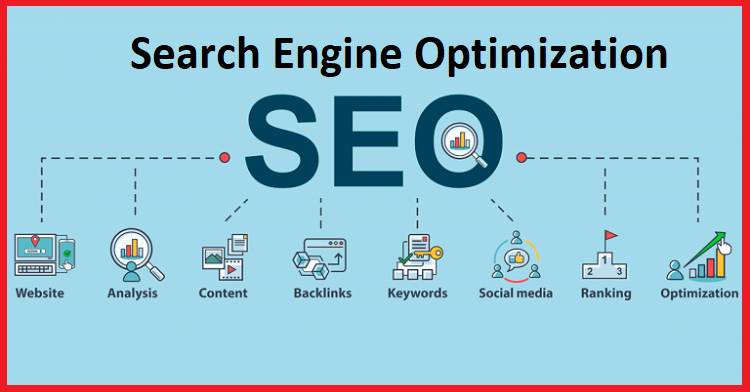
Well, actually, keyword research is part of a larger internet marketing strategy: Search Engine Optimization (SEO).
It can be understood as a set of techniques used to achieve first ranking in search engine page results.
The higher your content ranks on Google, the more likely your audience is to stop by your website. From there, they can explore the contents of the website further, and ultimately even carry out transactions.
For this reason, the marketing content you create also needs to be optimized for search engines. However, not only that, the existing content must still be comfortable for readers to consume. Regarding SEO, don’t let it be algorithm-friendly but difficult for humans to read.
You can sample the following practices to improve your SEO skills:
- Use Google Analytics to find out which posts need updating
- Use the Google Search Console tool for keyword research and don’t forget to upload a sitemap
- Install an SEO plugin like Yoast on your website to make setup easier
- Select keywords suggested by Google in tools such as Keyword Planner
- Optimize keywords by placing them between the first 100 words and in the subheading
- Adjust the URL so that it is not too long and still contains keywords in it
- Optimize your website to be mobile-friendly
- Increase web speed and regularly test it with the Google PageSpeed Insights tool
- Don’t forget backlinks
9 Examples and Content Marketing Channels
Below, Bitlabs summarizes examples and content marketing channels that are still relevant for you to practice.
1. Blog posts
Blog posts are a surefire solution for improving SEO strategies. The articles uploaded here will work to attract organic traffic from search engines.
To write quality blog posts, you can follow the following checklist. At the beginning, do keyword research for the content you want to create. Keyword research is very crucial to check what is currently popular.
Next, research reading sources that will enrich the content of the article. Only after that write until it’s finished. After the content is written, you can optimize it by following SEO rules.
This optimization is the key to making your content appear on the first page of search engines.
2. Infographics
Infographics are a content format that contains information presented in a combination of visuals such as images, vectors, graphics, and typography. Quality infographics are not only pleasing to the eye but also informative and not confusing.
Why? Because the function of infographics is to explain something quickly and objectively. This means that you can only capture the information in just one look.
The infographic production process is quite similar to a blog post. What’s different is that after the material is finished it will be sent to a graphic designer before being published.
3. Video
Video content marketing has really become a favorite in the last five years. In fact, now the majority of netizens consume more video content than other formats. As a result, as a content marketer, you can’t miss this.
In fact, according to Think With Google, 80% of internet users switch between video searches and other search results when they are researching products to buy.
4. Social media posts
Social media posts can promote content published on other channels, for example, that from a blog. There are several ways to take advantage of this channel.
However, what is most interesting is the possibility of creating relationships with consumers and persuading them to interact with your brand.
Even though you can share content from other channels, you can also dedicate special content here. For example, by creating thxxxs on Twitter or regular posts on Instagram.
Make sure you write the best caption and choose a photo that is pleasing to the eye so it can attract the audience’s attention.
5. Email marketing
Who says email marketing is outdated?
You can use email to send offers or newsletters that seem personal directly to the customer’s “address”. Moreover, current advances in the internet allow algorithms to randomize content that has been created to suit the tastes of the email owner.
6. Case studies and customer testimonials
Case studies and testimonials are the best credibility boosters for your brand. Case studies usually tell customer success stories supported by their testimonials.
One of the characteristics of this kind of content is that there is a discussion that highlights the benefits offered by the product/service. To create case studies and testimonial content, you can interview consumers.
Ask them to talk about the type of problem you are trying to solve and show how your product/service can help them solve the problem they are facing.
7. Electronic books
Ebooks are a tempting content format for capturing new “customer” data. Especially if the topic of discussion is what they are looking for. You just say: by registering on the mailing list, the download link for this book will be sent directly to your email!
And… that’s one way to get their name and email data which can later be used for email blasts.
In addition to obtaining customer data, ebooks allow you to discuss topics in more depth. It can be used to explain points that are not covered in a regular blog post. In other words, this content format is a complete package.
8. Webinars
Since the pandemic, the popularity of webinars among content marketers has only gotten bigger. Webinars are a golden opportunity to build relationships with customers and educate them. During the session, you and your team can answer their questions in real time.
Make sure you have planned and prepared all the supporting equipment so that the webinar looks top-notch. One more thing, as the schedule approaches, you can send reminders so they don’t forget to attend the event.
9. Podcast
Podcasts have also become popular among marketers in the last five years. What’s even more interesting is that, which was originally identified as a long-form sound medium, is now commonly found in hybrid audio and video formats.
These conditions make podcasts relatively friendly for various kinds of products/services that you want to offer. You can invite sources, even customers directly to share stories.
6 Surefire Steps to Create Content Marketing
Even though the media/channels are different, the method for creating content marketing is more or less similar. You just have to make a few adjustments to suit your individual characteristics. Here Bitlabs presents a brief guide:
1. Map your audience
To create content for a specific audience, you need to have a clear picture of their preferences. Understand what the problem is, trends in transactions, economic strata, and so on. The more detail you have, the more focused and personal you can feel when creating the content later.
2. Determine the best format
After understanding the audience, combine this with the marketing objectives of the product/service so that it is easy to determine the format. If you sell cookware, video and text formats are more suitable than audio podcasts, for example.
3. Divide the tasks
Determine who will write, edit, and proofread the content created. This layered division of tasks is also useful for filtering content so that its quality is maintained.
This means that if it turns out there is an error or it feels like it is not connected, corrections can be made in a more controlled manner.
4. Determine how to distribute the content
Will you post content on a website, send it via a mailing list, or upload it on social media? The best way to answer it is to adapt it to where the majority of your target audience hangs out. Also, pay attention to the type of content.
5. Create a consistent content creation schedule
A consistent schedule will make the work rhythm and KPI monitoring clearer. Create a term target, for example, three or six months, and then evaluate at the end. Also note down the obstacles faced, how long it took to create each piece of content, and the budget spent.
6. Repeat the cycle according to the evaluation results
All evaluation results will produce new implementation instructions that can be applied to the next cycle. The hope is that in the next phase, the work carried out can be more mature and well-structured.
Ready to create Content Marketing?
In the world of digital marketing, content marketing is a must. With it, you can create relevant and effective content to attract your audience.
What’s more fun, there are no restrictions on the call to action that you want to embed in it. Want them to sign up for the mailing list? Can. So they buy merchandise? Let’s go. So that they join the discussion group? That’s really fine.


